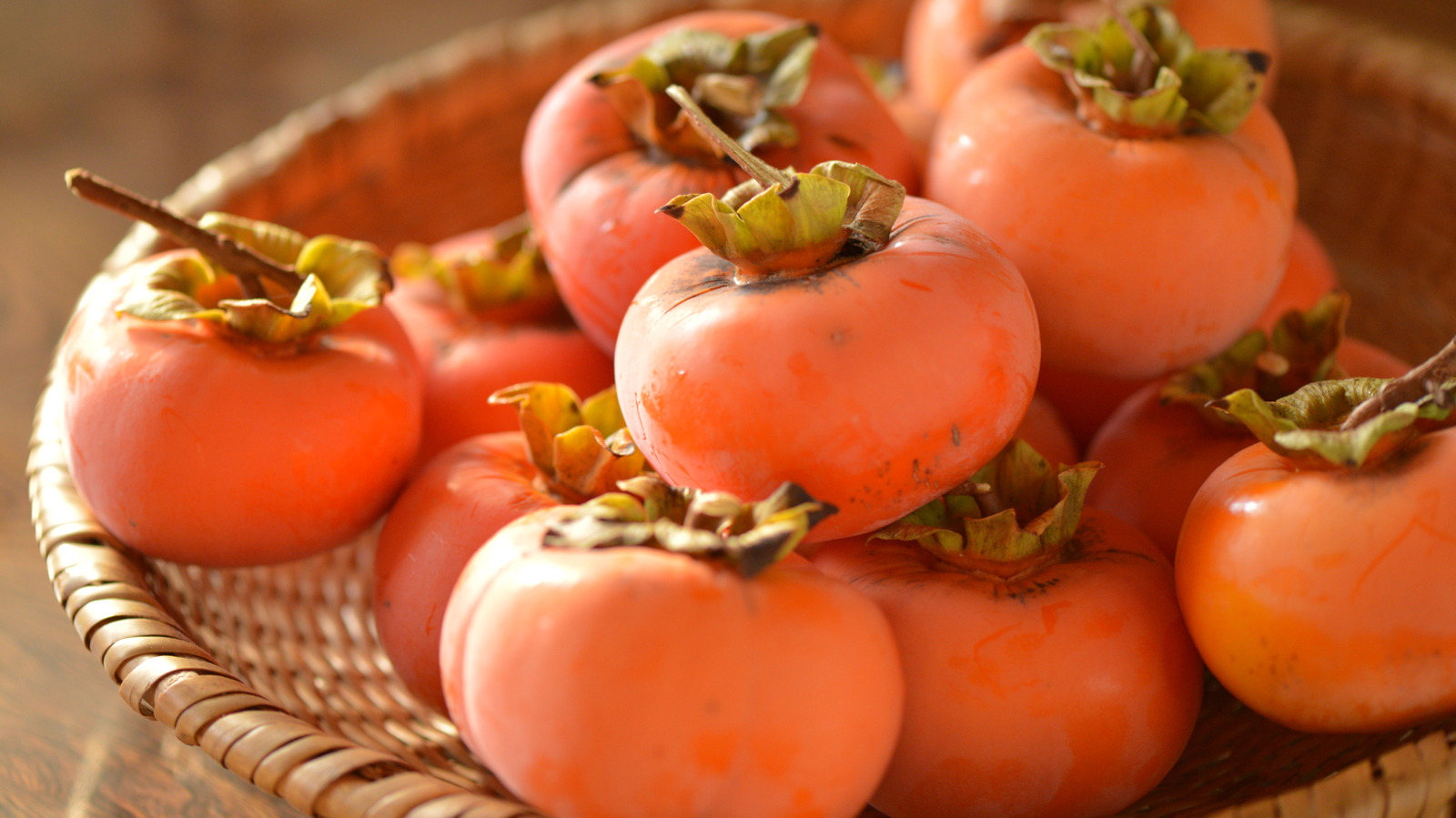
"In Japanese aesthetics, shibui describes a felt sense of something that is perfectly what it is: balanced, unembellished, elementally complex but complete without adornment. Shibui can describe many things: a baseball pitcher's clean throw, the grain of weathered wood, or the curve of a handmade bowl. But the concept grows from the original meaning of shibui - the tongue-twisting astringency of an unripe persimmon - a mouthfeel so viscerally unpleasant it became the negative space that defines perfection."
"Persimmons are among the few fruits whose finest moment comes after the air turns cold. In the company of other hard, autumnal harvests like quinces, apples, and pomegranates, they build their sweetness slowly, as daylight shortens, the cold altering puckering tannins that would otherwise seize your tongue. Unlike soft, delicate spring berries that fade in days, persimmons can hold their promise deep into winter, their thick skin a firm, glossy vault against spoilage."
Two common persimmon types show very different ripeness cues: squat fuyu can be eaten crisp or soft, while elongated hachiya must become velvety-soft before sweetness develops. The aesthetic concept of shibui traces to the intense astringency of unripe persimmon, with peak fruit perfection imagined as frost-dusted, tree-ripened fruit. Cold weather and shortening daylight mellow tannins and concentrate sweetness, allowing persimmons to reach optimal flavor in late autumn and into winter. The fruits store well behind thick skin, but the edible window is narrow; overripe fruit turns syrupy and collapses.
Read at Tasting Table
Unable to calculate read time
Collection
[
|
...
]